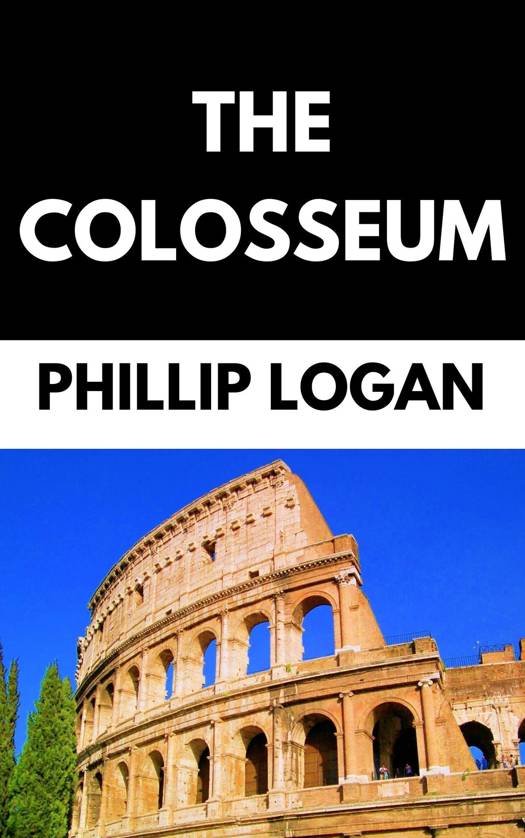
- Retrait gratuit dans votre magasin Club
- 7.000.000 titres dans notre catalogue
- Payer en toute sécurité
- Toujours un magasin près de chez vous
- Retrait gratuit dans votre magasin Club
- 7.000.0000 titres dans notre catalogue
- Payer en toute sécurité
- Toujours un magasin près de chez vous
Description
The Colosseum stands as an enduring symbol of the grandeur and architectural mastery of ancient Rome. Situated in the heart of Rome, Italy, this colossal structure has captivated visitors for centuries, drawing them into the epic tales of gladiatorial combat, theatrical performances, and spectacles that once unfolded within its imposing walls.
Constructed between 70 and 80 AD under the Emperor Vespasian and his successor Titus, the Colosseum was a monumental feat of engineering and craftsmanship. Its elliptical shape, soaring arches, and intricate system of corridors and seating tiers were a testament to the ingenuity of Roman engineering. Made primarily of travertine limestone, brick, and concrete, the Colosseum could accommodate up to 50,000 spectators, making it the largest amphitheater ever built.
The purpose of the Colosseum was multifaceted, serving as a venue for various forms of entertainment and public spectacles. Foremost among these were the gladiatorial contests, where skilled warriors battled one another or faced ferocious animals in deadly combat. These spectacles were not merely about bloodshed but were also intricately tied to the political and social fabric of Roman society, serving to reinforce the power of the Emperor, entertain the masses, and distract them from their daily struggles.
Beyond gladiatorial combat, the Colosseum hosted a diverse array of events, including mock naval battles (naumachiae), wild animal hunts (venationes), and theatrical performances. The elaborate staging and complex mechanisms employed to create these spectacles showcased the technological prowess of ancient Rome.
Despite its grandeur and longevity, the Colosseum has endured centuries of neglect, pillaging, and natural disasters. Over time, large portions of its original structure were plundered for building materials, and earthquakes inflicted significant damage. Nevertheless, the core of the Colosseum remains remarkably intact, a testament to its enduring legacy and the enduring allure of ancient Rome.
Today, the Colosseum stands as one of the most iconic landmarks in the world, attracting millions of visitors each year who come to marvel at its grandeur and immerse themselves in the rich history of ancient Rome. Recognized as a UNESCO World Heritage Site, the Colosseum serves as a poignant reminder of the ingenuity, power, and cultural legacy of one of history's greatest civilizations.
Spécifications
Parties prenantes
- Auteur(s) :
- Editeur:
Contenu
- Langue:
- Anglais
Caractéristiques
- EAN:
- 9798224867073
- Date de parution :
- 26-05-24
- Format:
- Ebook
- Protection digitale:
- /
- Format numérique:
- ePub

Les avis
Nous publions uniquement les avis qui respectent les conditions requises. Consultez nos conditions pour les avis.






